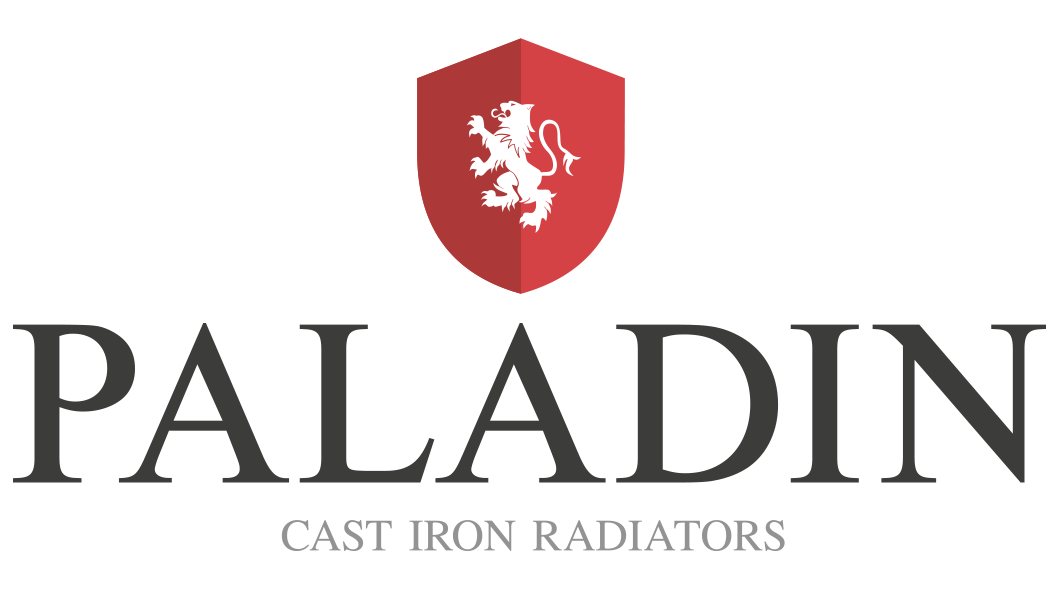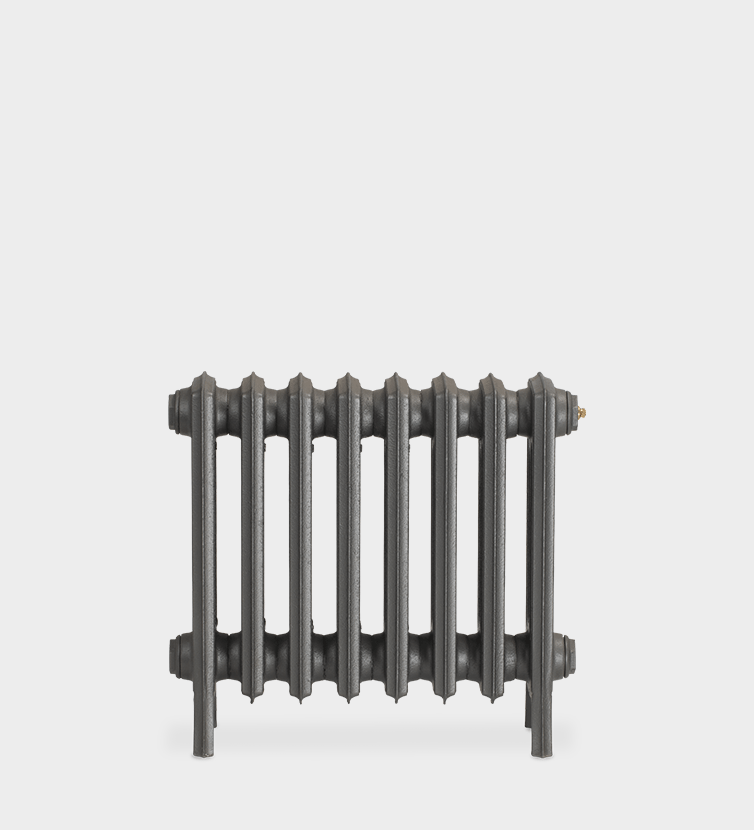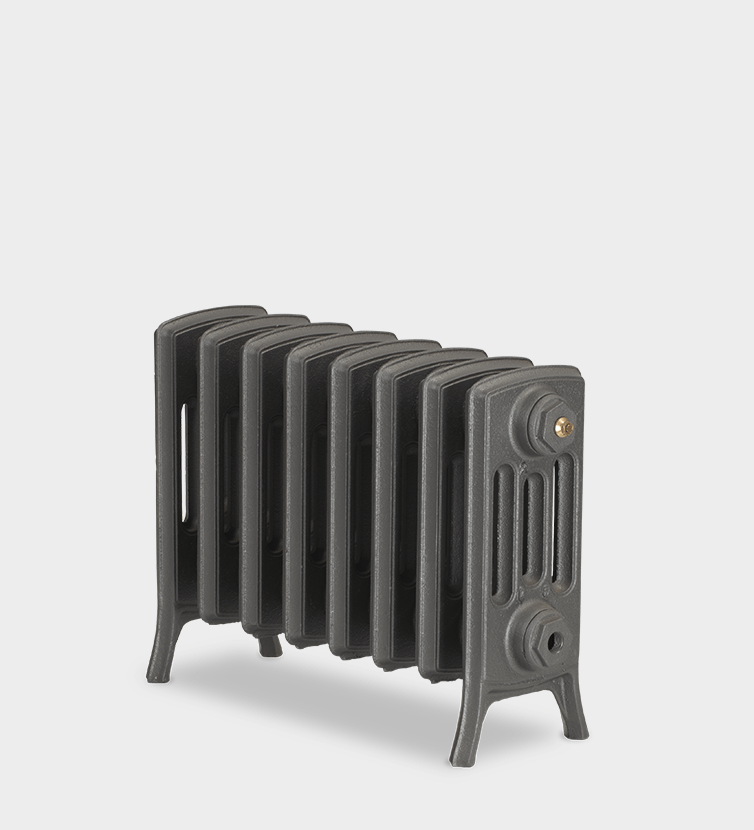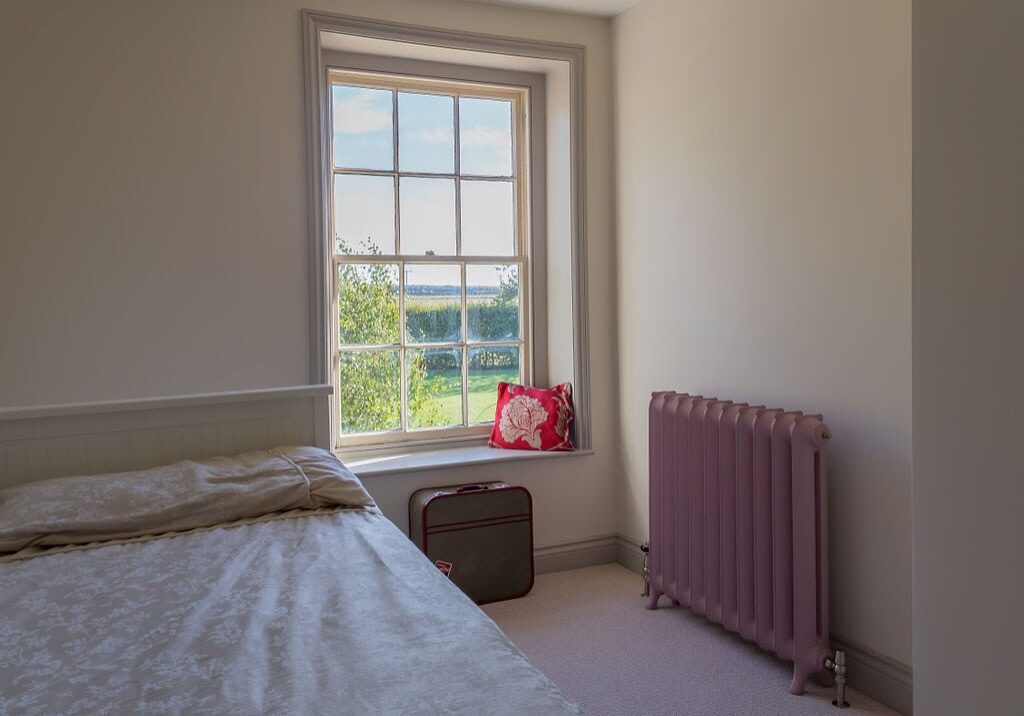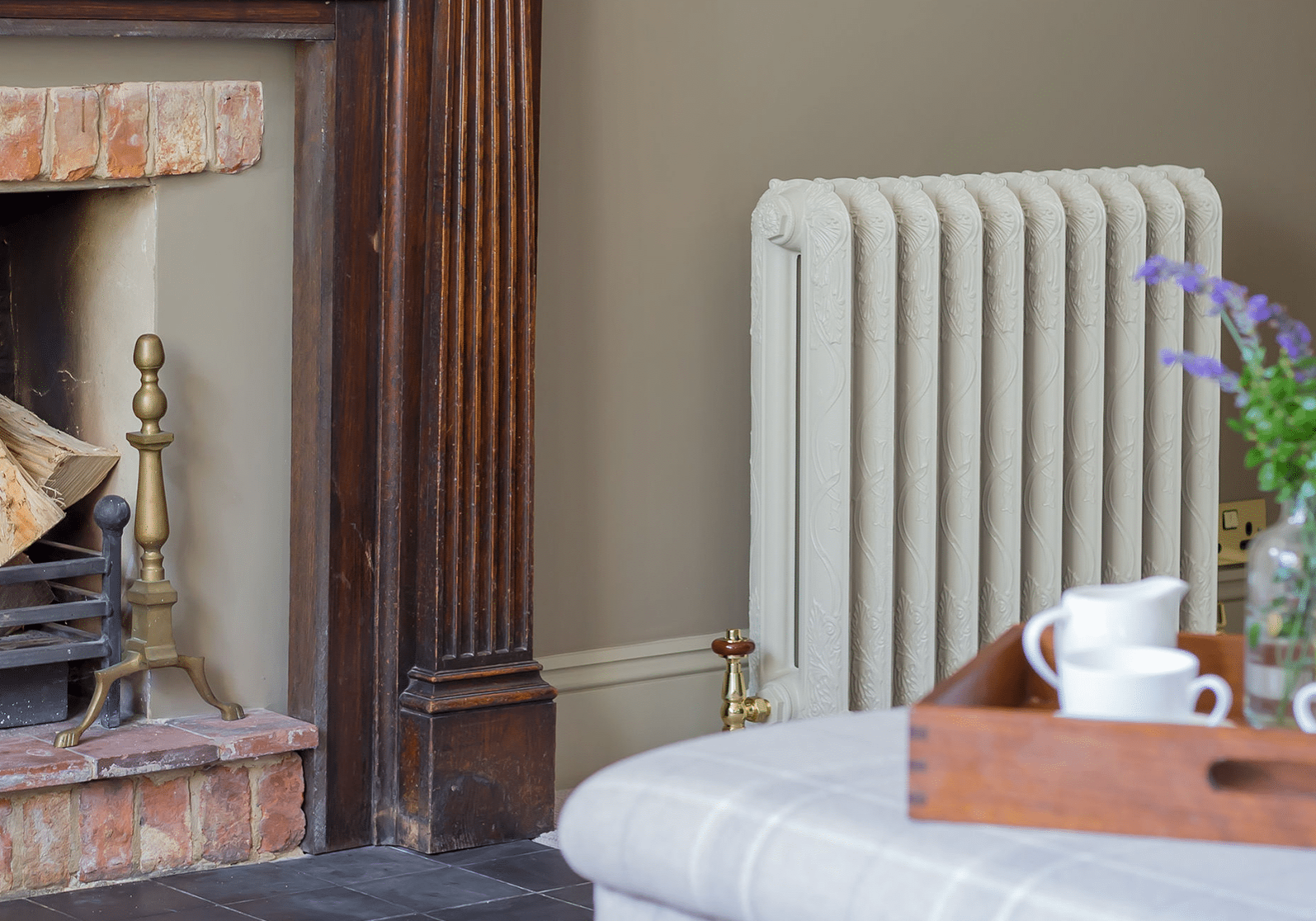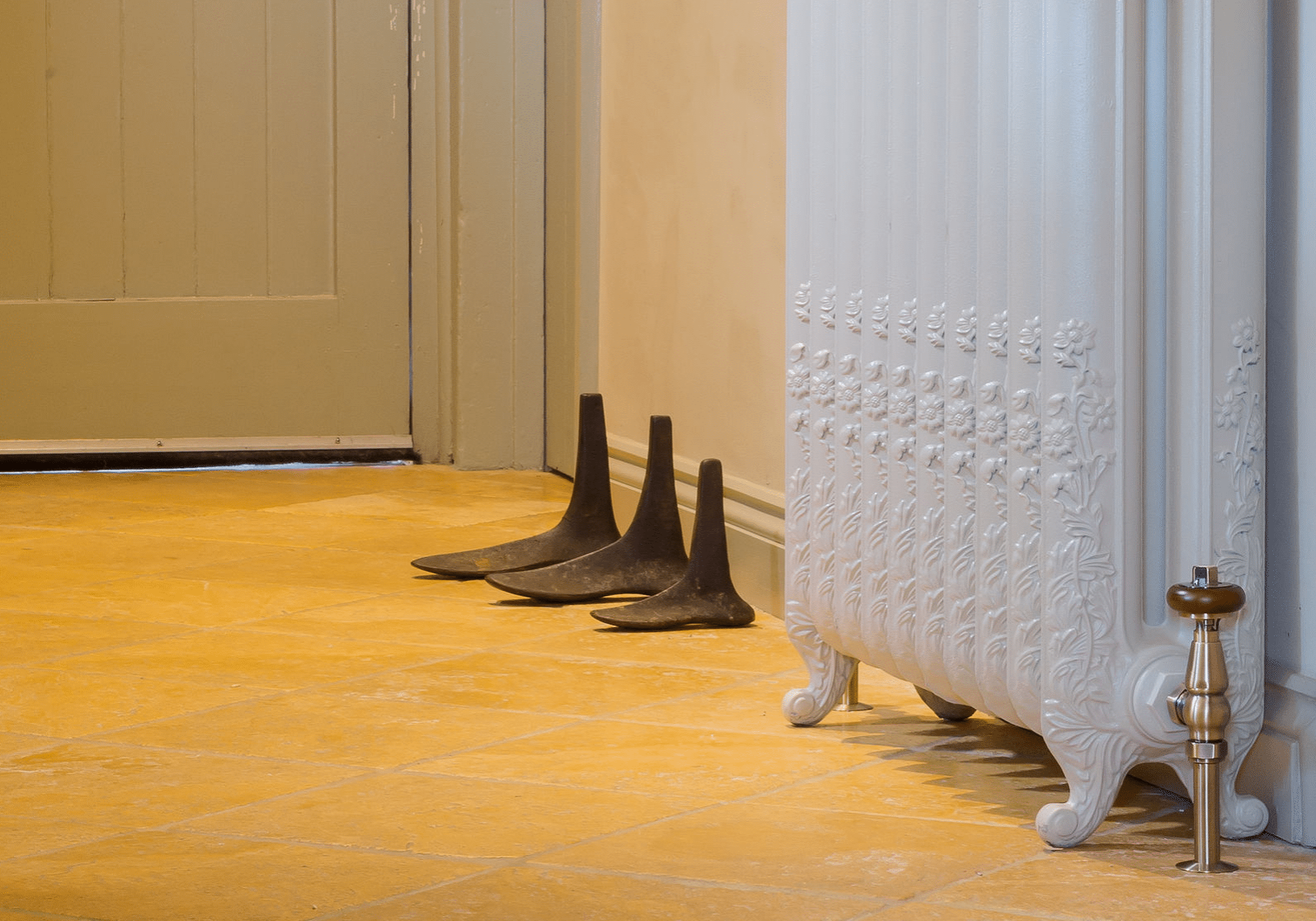The History Of Heating Throughout The Years
Welcome to ‘The History of Heating Throughout The Years,’ where we embark on a journey through time to unravel the warming tales of our ancestors.
In our quest for a warm and toasty abode, we’ll explore the ingenious ways humans have battled the chill, from crackling open fires turning caves into snug retreats to the sophisticated Roman hypocaust systems.
Join us as we fast-forward through history, from medieval chimneys to the steamy heart of the Industrial Revolution, witnessing the birth of central heating out of necessity and invention.
Don’t overlook the significance of nifty thermostats, providing us with control over our home climates, and today’s smart systems seamlessly interacting with our phones.
Table Of Contents
- The dawn of heating: early human ingenuity
- Advancements in medieval heating: from castles to common homes
- The industrial revolution: a new era for home heating
- The 20th century boom: central heating takes centre stage
- The role of thermostats in modern heating
- Eco-friendly trends in heating technology
- Smart heating systems in contemporary times
- Cultural variations in heating practices
- Notable historical figures in heating technology development
- FAQs in relation to history of heating
- What is the history of heating?
- When did houses start having heating?
- How did they heat homes in the 1500s?
- How did people heat homes before electricity?
The dawn of heating: early human ingenuity
When our ancestors first felt the chill, they didn’t just shiver and bear it, they sparked up a revolution with fire. Picture this: an ancient hearth, flames licking at the cold air – it was more than a cosy gathering spot. It signalled the birth of heating.
Fast forward to Roman times, and we’re not just poking at embers anymore. The Romans were crafty engineers who cooked up the hypocaust system, which pushed warm air under floors and through walls like a blanket you can’t see but feel. This was logic – warmth where you needed it most without smoke getting in your eyes. Simple yet clever, these methods laid down the hot stones that paved the way to modern central heating systems.
From shivering to sizzling, our ancestors lit the first spark in heating history. From ancient hearths to Roman hypocausts, we’ve always craved warmth.
Advancements in medieval heating: from castles to common homes
Medieval heating was a tale of two worlds. In the draughty castles, large fireplaces were the centrepieces, throwing out heat as well as status. Yet, it wasn’t just about grandeur. They sparked an evolution in home comfort that would reach far beyond stone walls.
In humble abodes, this luxury was unheard of until ingenuity brought warmth to the masses. Smaller hearths began dotting common homes, and with them came chimneys (a game-changer for domestic bliss that banished smoke and made indoor fires practical). Historians note how these advancements improved air quality and set social change ablaze.
Materials like soapstone started being used for their thermal properties, retaining warmth long after the embers died down. And designs became more efficient over time. These developments marked a pivotal shift from mere survival against the cold to a pursuit of household cosiness and efficiency.
The industrial revolution: a new era for home heating
Imagine living in a world where your home was heated by the same innovation that powered locomotives and factories. That’s exactly what happened during the Industrial Revolution, as steam took centre stage in heating our abodes.
Steam-based systems were quite the marvel, replacing smokey open fires with clean pipes running through homes. The Victorians didn’t just give us stiff upper lips; they also introduced the first central heating systems, changing domestic life forever.
It wasn’t all toffs and top hats, however. The era saw ingenious engineers like James Watt improving on Thomas Newcomen’s early steam engine designs, which eventually led to radiators becoming household regulars.
The 20th century boom: central heating takes centre stage
When the 20th century rolled in, it brought a revolution that warmed our toes and hearts alike. Gone were the days of gathering around a single fireplace; central heating started to take over British homes like tea took over afternoons.
Coal-fired boilers gave way to cleaner gas and oil systems, sparking not only radiators but conversations about efficiency.
And let’s not forget those nifty thermostats. They turned up as reliable sidekicks, letting us control our domestic climates with a twist or press.
The role of thermostats in modern heating
Thermostats have come a long way from their humble beginnings. In the past, they were mere temperature regulators that you’d begrudgingly nudge up or down. But now? They’re smart, slick and energy-saving wizards.
Today’s thermostats are like a trusted friend who understands your tea preferences – whether you prefer it piping hot or just warm enough to sip right away. It’s not magic; it’s the result of algorithms and sensors working diligently to keep our homes comfortable and save on bills.
And let’s not forget those programmable heroes that allow us to set different temperatures for specific times of day. With these clever devices, gone is the waste of warming empty spaces.
Eco-friendly trends in heating technology
As we’re all getting more clued up about our planet, eco-friendly heating is a growing trend with real-world benefits. Think of the solar panels on rooftops – they’re harnessing the sun’s energy to keep toes toasty without so much as a puff of greenhouse gas.
And geothermal systems draw warmth from underground (nature’s own central heating). They use less electricity and can save homeowners money on bills.
Smart heating systems in contemporary times
Today, smart thermostats learn our schedules and adjust accordingly, keeping homes cosy while trimming energy bills. These often come as part of a connected home system that you can control with a simple tap on your smartphone.
The real wizardry is in how they integrate with other tech for seamless automation. Sensors detect that you’re heading home earlier than usual and wake up the boiler to prepare your welcome. Some systems even allow you to track usage over time, so you know exactly where every penny is going.
With an eye on sustainability, smart heating also plays well with eco-friendly setups like solar panels or heat pumps. It makes sure we use renewable sources first before switching back to conventional means.
As we step into the future, heat pump systems are taking the stage for efficient heating. While this technology may seem new and cutting-edge, it may surprise people to know that you can seamlessly pair it with the timeless charm of our traditional cast iron radiators.
Heat pump systems bring innovation to heating, but they happily coexist with the classic appeal of cast iron radiators. Embrace the best of both worlds for a warm and stylish home.
Cultural variations in heating practices
How do people in Finland stay toasty? They swear by their saunas, a tradition that’s as much about socialising as it is about staying warm. Cross over to Korea and you’ll find ondol, an ingenious underfloor heating system dating back thousands of years.
In Morocco, tagines simmer away to cook up a storm and add warmth to homes – a tasty way to beat the chill. Meanwhile, Norwegians have long turned icy water into heat with innovative hydropower solutions.
Around our vast globe, every culture has its unique spin on beating the cold. It’s not just about technology; it’s woven into their very fabric of life – be it through communal baths in Japan or the thick adobe walls soaking up sunlight across Puebloan dwellings.
Notable historical figures in heating technology development
The warmth we enjoy at the flick of a switch is thanks to some brilliant minds. Take Franz San Galli, for instance, a chap who quite literally brought the heat with his invention of the radiator in the 1850s – a game-changer that moved us away from chilly nights huddled around fires.
Alice H. Parker shook things up by patenting her design for a gas-heating furnace. Her innovation laid down roots for modern central heating.
James Watt and his steam engine improvements helped turn up the dial on industrial and home heating efficiency during those gritty Industrial Revolution days.
Discover the perfect blend of classic elegance and high performance at Paladin Radiators with our bespoke cast iron radiators. These functional focal points come in 18 designs with exclusive colour options. Renowned for their enduring strength, these radiators surpass modern alternatives aesthetically.
The Kensington and Oxford models exude timeless charm, complemented by a range of valves and accessories. Elevate your home with the enduring warmth and aesthetic appeal of the cast iron radiators at Paladin.
FAQs in relation to the history of heating
What is the history of heating?
Heating’s story kicks off with ancient open fires, evolves through Roman hypocausts, then to medieval fireplaces and chimneys, before hitting steam heat in the Industrial Revolution.
When did houses start having heating?
Homes have had some form of heating since ancient times but central heating systems began spreading in homes during the early 20th century.
How did they heat homes in the 1500s?
In the 1500s, people warmed their abodes using large fireplaces that could host massive logs for sustained warmth.
How did people heat homes before electricity?
Prior to electricity’s reign, people relied on wood or coal fires and later progressed to oil or gas-fuelled solutions for home warmth.
“I want to say thanks and how fantastic the radiators look along with the cast quality and the excellent painting and polishing finish. I now can’t wait to get them installed! Many thanks again for all your help and assistance.”
“Thank you for all your help, we will definitely recommend Paladin to anyone we know who is looking for cast iron radiators and will get in touch when we’re needing radiators for our ground floor.”
